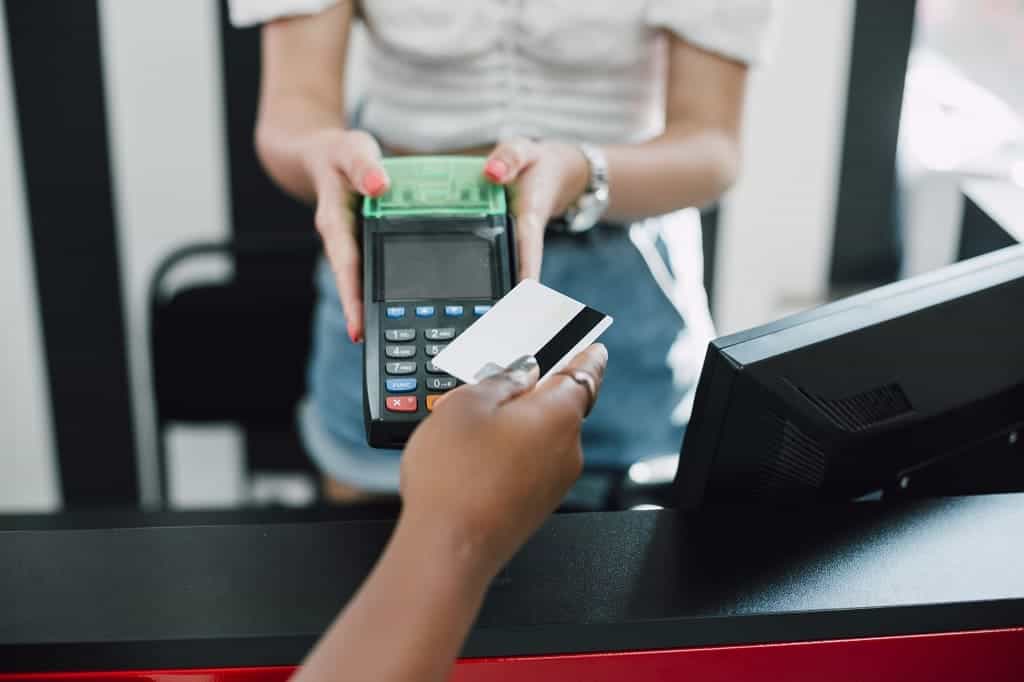As part of the unification process at all levels resulting from the European project, SEPA has been a major step forward in establishing a borderless economy. Payment order mandates are key for the proper functioning of SEPA. Let us explain to you its main features and how electronic signatures play an important role here.
What is SEPA?
SEPA is the Single Euro Payments Area. SEPA took its first steps back in 2004, and has evolved since then until it became mandatory for all countries in 2016.
The creation of SEPA was a major step forward in creating a single digital and economic market within the European Union. As a matter of fact, apart from all EU member States included in the program, we must also add the UK, Iceland, Liechtenstein, Switzerland, Monaco, Andorra and San Marino.
Why is SEPA so important? Well, so far we know that its implementation has completely changed the way payments are made in many European countries beyond borders, but… do we know exactly what does SEPA do?
SEPA gives shape to a set of tools that help simplify payments between countries from the area. As a result, it helps stimulate the global economy, thereby benefiting companies and societies in general, promoting competitiveness and the use of new services like e-invoicing, making life easier for citizens.
Which activities does SEPA have influence on? How does SEPA do it?
The payment instruments on which SEPA operates are the following:
- Bank Transfers
- Direct Debits
- Payment cards (Debit and Credit cards)
- B2B Direct debit
Bank transfers
This kind of payment shall be made with no limit on the amount transferred, and shall be made electronically and automatically. SEPA transfers are characterized by:
- Accounts involved in the transfer will be identified by the so-called IBAN (International Bank Account Number) code. This will be provided by the person ordering the payment and no further verification of the account will be required. The IBAN is made up of 8 characters: 4 random characters, two that refer to the country code and two check digits.
- The BIC (Society for Worldwide Interbank Financial Telecommunication) or SWIFT (Bank Identifier Code) code identifies the bank where the transfer is to be made.
- The transfer must be made in euros and be destined to a country from the SEPA zone.
- Payments will be received by transfer, at the latest, one working day after the order has been placed by the issuer.
- Each customer will assume the transfer fees imposed by their bank.
- The text that informs about the concept, or the explanatory information of the transfer, may have a maximum length of 140 characters.
Direct Debits
A clear example are direct debits for electricity, water, telephone and internet bills. The creditor claims payment from the debtor’s bank, which must express their consent. SEPA direct debits are characterized by:
- The currency to be used will be the Euro.
- They will be sent to another country in the SEPA zone.
- The bank accounts involved will be identified by the aforementioned IBAN code
- As we mentioned, the holder of the account from which the debit is to be made must express his/her consent by means of a direct debit order, known as SEPA mandate, where we will go into more detail later on.
- In the event that the data included in the SEPA mandates are modified, these changes will have to be reported.
- A direct debit will be submitted prior to the stipulated date for collection. The terms for payment will depend on whether it’s a one-time payment, the first of many recurring payments or one of the recurring payments.
- Explanatory information on direct debit will be 140 characters long at most.
- There is a maximum term for the refund, which will be longer if this payment has not been authorized.
Payment cards (credit and debit)
Credit and debit card holders will be able to make payments and cash withdrawals at ATMs in other SEPA countries as if they were in their home country.
The new feature introduced by SEPA for banking cards is EMV technology (Europay MasterCard VISA). This new standard requires entering the card’s PIN code (4 to 6 digits) to confirm the purchase. In addition, a security chip is used, thereby reinforcing the fight against fraud, together with the interoperability of this payment method.
Direct debit B2B
In this type of B2B transactions, both payer and debtor are companies or self-employed. They provide greater security and agility to the flow of money between corporations, thereby providing benefits to the economy. Their main features are the following:
- For each B2B debit, there must be prior consent to the realization of that debit.
- After authorization and payment of the B2B debit, the payer can claim a refund.
- There is a two working day period after expiration for the transaction to be rejected or returned.

What is a SEPA Direct Debit Mandate?
Although we have already discussed this briefly when referring to direct debits, a further look at the concept of the SEPA mandate is required, together with its content and other relevant aspects of special interest for the agents involved in the payment.
SEPA mandate can be defined as an order for implementing a direct debit or a B2B debit. By means of the SEPA mandate the person who has to make the payment expressly authorizes the bank to fulfill the execution of the payment in a document, which can be esigned.
The creditor will need to have a SEPA mandate in order to collect. Furthermore, in Spain they must keep the SEPA mandate in their hands for 13 months, which is the time period to be able to claim it as evidence that proves the consent of the debtor. It should be noted that, for recurring payments, a SEPA mandate will only be sent once.
Regarding the established terms, if a SEPA mandate has not been signed, the customer may ask for a refund during the following 13 months; for debits made with a correctly formalized SEPA mandate, the term will be 58 days. That is why it is so important for collectors to have a SEPA mandate in order.
SEPA mandates include the required information for payments and informs the parties involved of their rights and obligations. Therefore, an environment of trust is built up by all parties involved. If the specified conditions are not met, the payment can be cancelled.
We can summarize the benefits of the SEPA mandate in three key points:
- A SEPA mandate authorizes the collector to receive an agreed amount in the client’s bank account.
- Collects the required information from the client.
- It allows users to know more about their rights.
What information is included in a SEPA mandate
To get to know the SEPA mandates even better, it is advisable to analyze their form and what information they should contain.
A specific format has been defined for SEPA mandates. In addition, the EPC (European Payment Council) has defined what is known as e-mandate. The electronic SEPA mandate is based on the sending of the mandate by the payer to the creditor’s website, who would then sign it electronically, providing complete security reassurance.
The information that must be included in a SEPA mandate is described in the following list:
- Personal data of the creditor or collector: name, ID of the creditor within the SEPA scheme.
- Information of the debtor or payer: name and address, IBAN and BIC codes of their bank account and their signature
- Details of the SEPA mandate: unique reference code, date of signature, scheme or type of payment made (e.g. if a B2B direct debit has been made).
In addition, the SEPA mandate can also contain some information for the customer, such as:
- A SEPA mandate for direct debits. This must appear in the title, as well as in the other documents that are presented separately.
- Authorization to receive collections and the rights of reimbursement of these collections.
Signing SEPA Direct Debits digitally
Throughout this article we have spoken about the fact that SEPA mandates can be electronic documents that can be digitally signed by the payer. This is indeed important, since, as you surely know, the digital signature is an identification tool that provides high levels of security and legal reliability.
This becomes particularly important when dealing with economic transactions which include sensitive information. By esigning SEPA mandates, we protect ourselves against possible frauds and identity theft, which may cause significant economic losses to citizens and companies.
But security and compliance are not the only features which make electronic signatures a valuable solution for making payments via SEPA. It also helps to speed up administrative procedures. By using digital signatures, it will not be necessary to visit a bank branch to sign a mandate, instead we will be able to sign it from home, while traveling, on holiday, on a business trip, etc.
Viafirma is well aware of the importance that SEPA mandates have acquired among individuals and companies. Therefore, our solutions are perfectly suitable for these documents.
Viafirma enables the drafting of SEPA mandates following the established requirements. In fact, our mobile signature solution includes in its template list a specific model for SEPA mandates, so users will only need to fill in the blanks for sending the document to be signed.
In addition, this template can be adjusted to the needs of each user by establishing a signature policy that requires the inclusion of certain evidence when signing electronically, e.g., biometric signature,OTP codes, checkboxes, etc.
This way we have contributed to developing and establishing the European Single Digital Market, simplifying the task of payers and creditors and stimulating economic transactions at a continental level through agility and reliability.
